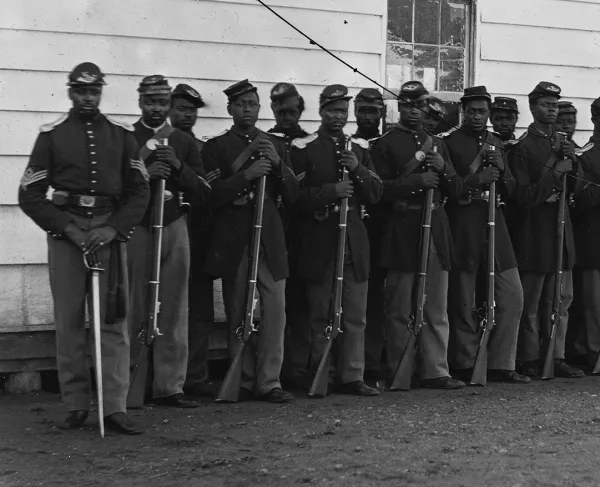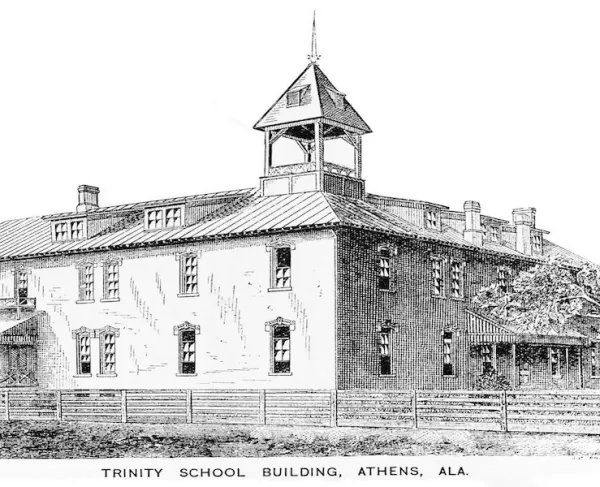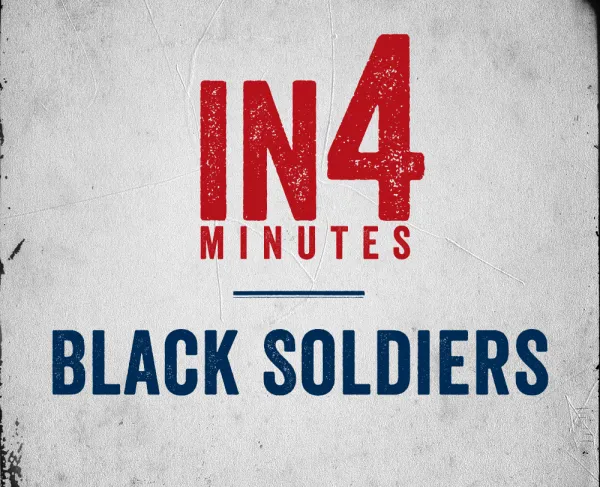Interpretive Panels Provide Insight into Legacy of Fort Henderson and Trinity School Site
(Athens, Ala.) – Creating context for a storied structure, the American Battlefield Trust teamed up with the Athens-Limestone Community Association to develop and install new interpretive panels surrounding the Fort Henderson and Trinity School site earlier this month. In an effort that was spearheaded and funded by Alabama’s own Paul Bryant Jr., a member of the Trust’s Alumni Board, Trust staff spent a year and half working with the Limestone County Archivist and local historians to prepare narrative text and procure photographs for these interpretive panels. The new installation highlights the long legacy of the Civil War fort-turned-school.
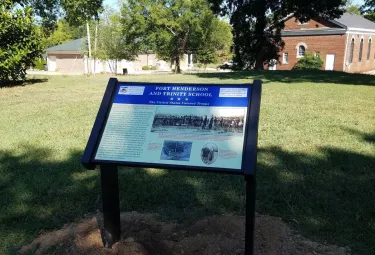
“The American Battlefield Trust is proud to partner with such devoted individuals and organizations to bring these meaningful stories and new archival finds to the surface,” says Trust President Jim Lighthizer. “These panels can now be seen by young and old to understand what happened at Fort Henderson and the Trinity School — and further grasp the historical value that the site has within its community and the nation.”
Constructed to protect the Nashville and Decatur Railroad, Fort Henderson — then called the Athens Fort — was critical to Union Maj. Gen. William T. Sherman’s operations in the Atlanta Campaign. The fort was garrisoned primarily by elements from the 106th, 110th and 111th United States Colored Troops (USCTs), along with the 2nd and 3rd Tennessee (Union) Cavalry. Only after an intense two-day battle was the fort then surrendered to Confederate Maj. Gen. Nathan Bedford Forrest in late September 1864. Many of the USCTs from the 110th, which were recruited from Athens and Limestone County, were sent to Mobile, Ala., and returned home after the war’s end in May 1865. In later years, members of the 110th saw the same fort they once defended transform into the school attended by their children and grandchildren. Founded by Mary Fletcher Wells at the end of the war for former slaves, Trinity School remained in operation until 1970; during the Jim Crow and segregation eras, it was the only institution in Limestone County that offered an education to African Americans.
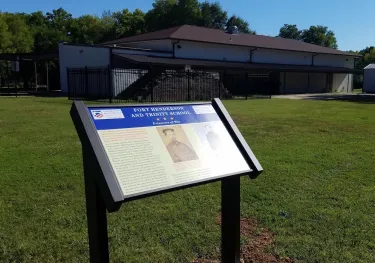
With stories often lost to time and sites often lost to development, the American Battlefield Trust encourages efforts to provide interpretation, which in turn create incentive for visitation to America’s hallowed grounds. From the establishment of such panels in Athens, Ala., to ongoing efforts to protect the places where Black soldiers fought for freedom — including a current effort at New Market Heights, Va., a battle in which 14 USCT soldiers earned the Medal of Honor —the Trust is committed to shedding light on the under-told stories of American history. To date the Trust has saved more than 1,300 acres directly connected to the experience of Black soldiers in the American Revolution, War of 1812 and Civil War.
The American Battlefield Trust is dedicated to preserving America’s hallowed battlegrounds and educating the public about what happened there and why it matters today. The nonprofit, nonpartisan organization has protected more than 50,000 acres associated with the Revolutionary War, War of 1812, and Civil War. Learn more at www.battlefields.org.

